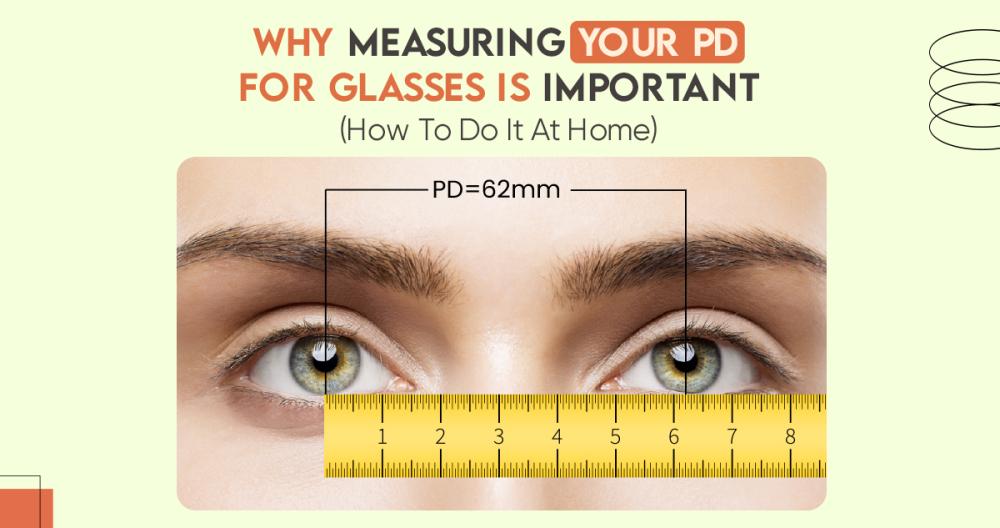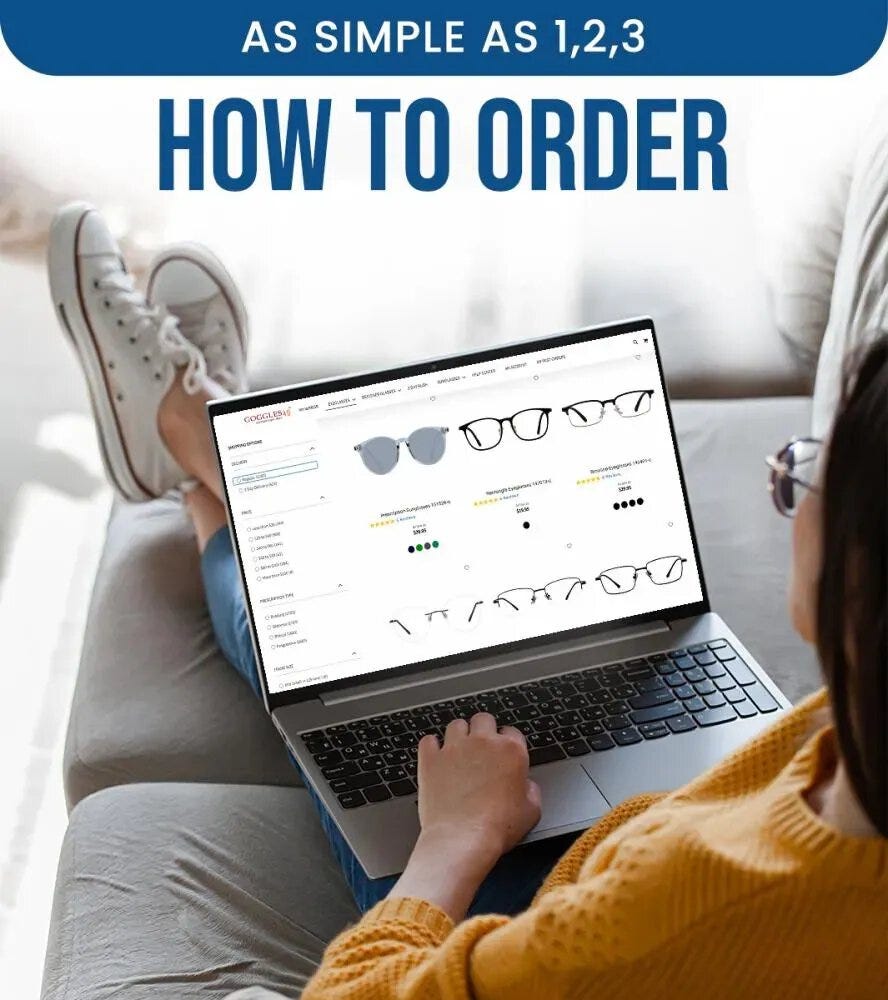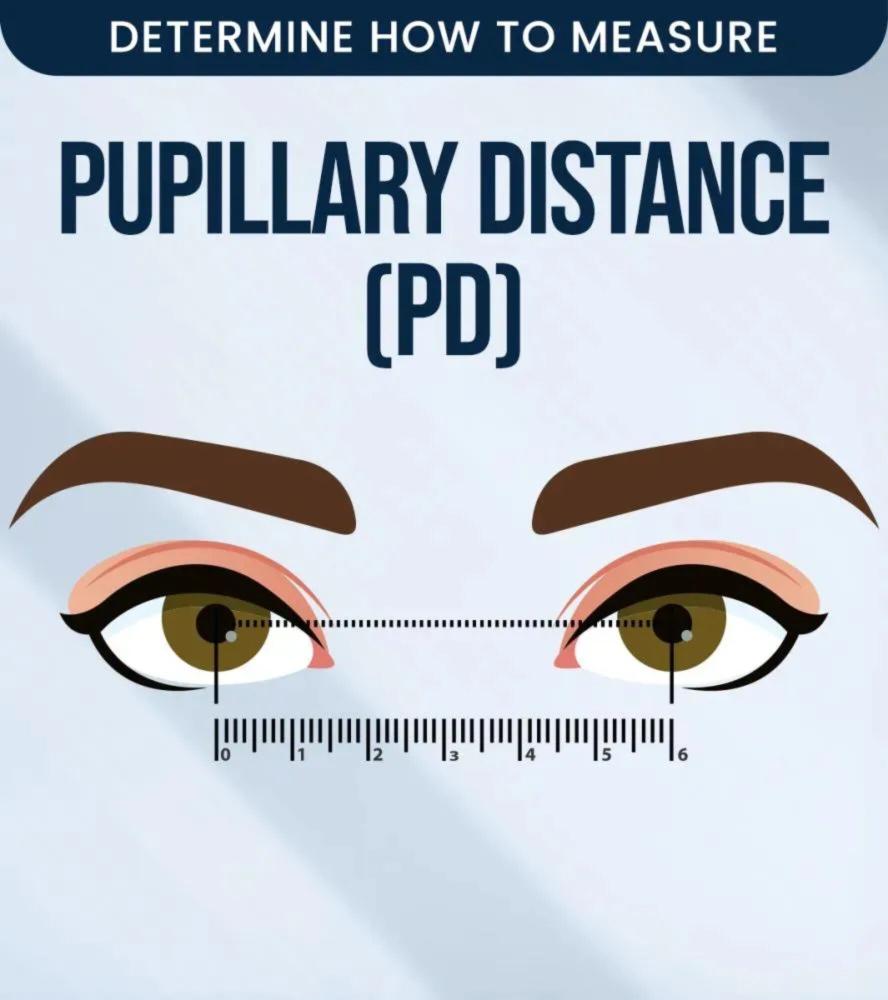If you wear glasses or are thinking about getting a new pair, you might have come across the term "PD" and wondered what it means. PD stands for "pupillary distance," which is the distance between the centers of your pupils in millimeters.
While it might not seem like a big deal, measuring your PD accurately is crucial for ensuring that your glasses fit properly and provide clear vision. In this blog, we’ll discuss why PD is so important and how you can measure it at home easily.
Why is PD Important for Glasses?
Your PD plays a key role in aligning the optical center of your lenses with your eyes. Here’s why getting it right matters:
-
Clear Vision – If your PD measurement is incorrect, your lenses might not align correctly with your eyes. This can lead to blurry vision, headaches, and eye strain.
-
Better Comfort – Proper alignment ensures that your eyes don’t have to work harder than necessary. An incorrect PD can cause discomfort, especially if you wear glasses for long hours.
-
Accurate Prescription Use – Even if your prescription is perfect, glasses won’t function as intended if the PD is off. The optical centers of the lenses need to match the natural position of your eyes for the best vision correction.
-
Essential for Progressive and Bifocal Lenses – For people using progressive or bifocal lenses, an accurate PD is even more critical. These lenses have different zones for near, intermediate, and far vision, so any misalignment can make them difficult to use.
How to Measure Your PD at Home
If you don’t have a prescription with your PD listed or if you want to double-check your measurement, you can measure it yourself at home. Here’s how:
What You’ll Need:
-
A millimeter ruler
-
A mirror or a friend to help
-
A steady hand
Step-by-Step Guide:
-
Stand in Front of a Mirror – Position yourself about 8–10 inches away from a mirror and hold a millimeter ruler above your eyes.
-
Align the Ruler – Close your right eye and align the zero mark of the ruler with the center of your left pupil.
-
Measure the Distance – Open your right eye and close your left eye. Look straight ahead and read the measurement from the center of your right pupil. This number is your PD.
-
Repeat for Accuracy – To ensure precision, measure at least two to three times and take the average of your readings.
Bonus Tip: Measuring PD with a Friend:
If you have someone to help, the process is even easier. Just sit still and look straight ahead while your friend aligns the ruler and reads the measurement.
What is the Average PD?
The average PD for adults is between 54-74 mm, while for children, it ranges from 43-58 mm. However, everyone’s PD is unique, so it’s always best to measure your own rather than rely on averages.
Final Thoughts
Measuring your PD may seem like a small step, but it’s a crucial one for ensuring that your glasses provide the best possible vision and comfort. Whether you’re ordering glasses online or getting them from an optician, double-checking your PD ensures that your lenses are positioned correctly for optimal clarity and eye health.
Next time you get a new pair of glasses, make sure your PD is measured correctly—you’ll see the difference, literally!





